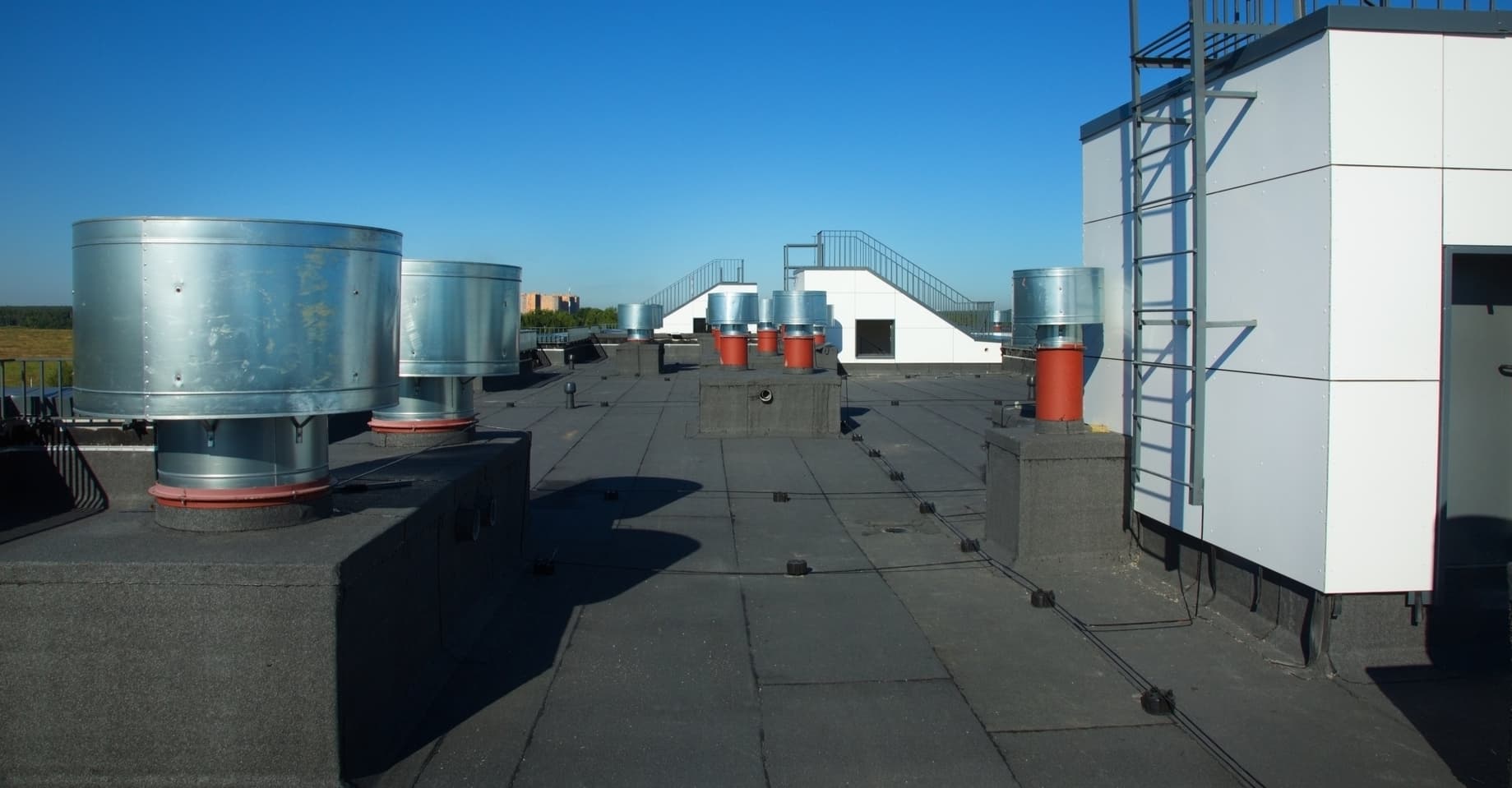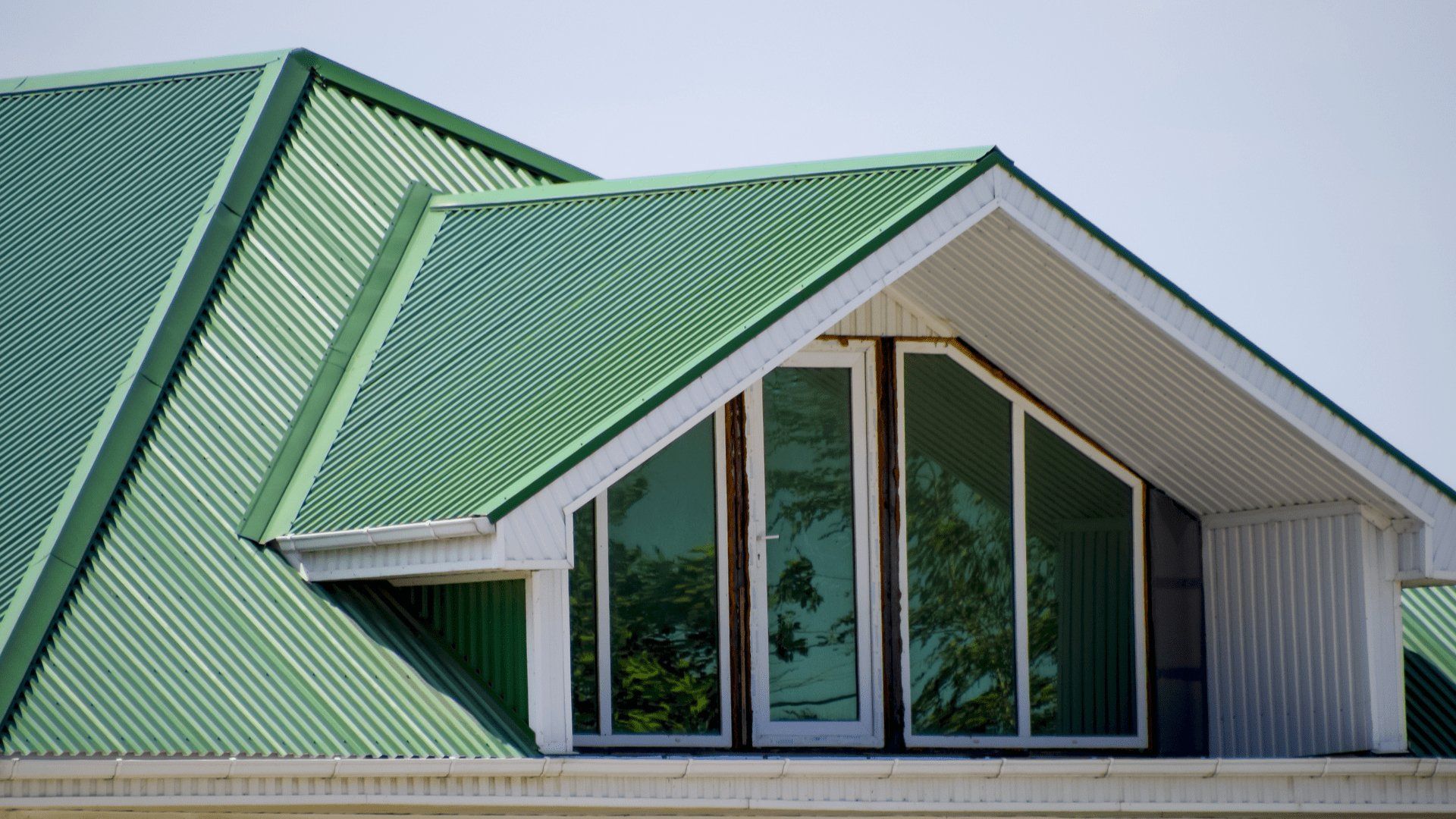An In-Depth Look At Whether Your Roof Needs To Be Replaced Or Not
February 3, 2021
As a homeowner, managing your property and ensuring it remains up to code at all times is one of your most important responsibilities. Like most life investments, homes necessitate maintenance as years go by to provide maximum comfort and security. The longer you have lived in your house, the more likely you have thought about investing in a new roof to replace your old roof. Before jumping to the decision to install a new roof, there are a few warning signs to look for to figure out whether or not the time is good for you and your property.
If you've done just a little digging into this question, you've more than likely crossed the" 20" year rule for longevity of most roofs. That figure is used as a benchmark. Most residential roofs need a replacement
within that window. But, there are quite a few factors at play, and all roofs are unique.
Roofing systems take a lot of external wear and tear throughout each passing year. Intense sunlight, strong winds, tree damage, rodents, tropical storms, large sums of rain, or dangerous weather conditions – all of these have a direct correlation with a roof's lifetime. How quickly your roof needs to be replaced depends on many factors:
- Weather.
- Correct maintenance and care.
- Age of the materials.
- Quality of the materials.
- How well it was installed, to begin with.
- Were repairs addressed when needed?
- If wildlife was kept away.
- External debris accumulation.
Consider Your Roof's Age
Typically an asphalt shingle roof lasts about 12 to 15 years, with metal and tile roofs tending to have a longer lifespan. If your roof is approaching its typical replacement age, you should start thinking about your next roof. If previous roof repairs were installed over the top of your existing roof - a practice is known as overlaying - you should assuredly think about getting a new roof. Overlaying is a quick fix that can hide more significant roofing problems beneath the shingle surface.
Perform An Interior Roof Check
The first and most straightforward way to evaluate what condition your roof is in is to grab a flashlight and head up to your attic. Make sure you grab a flashlight with a powerful beam so you don't miss any damage, and always take proper safety protocols as you perform these kinds of inspections.
Upon arriving in your attic, see if you can identify one (or several) of these four signs that you need a new roof:
1) Sunlight Shining In Through The Roof
Prior to turning your flashlight on, try and locate any beams of light coming through cracks or holes in your roof. Suppose you do spot any light shining through your roof, repair or replace your roof immediately. If the light is getting through your roof, then water is also leaking into your roof.
2) Dark Streaks & Stains
This one is also straightforward to uncover. If there are dark stains or dark streaks on the underside of your roof or running down the walls from the base of your roof, then your roof is probably leaking, and moisture is damaging both your roof, as well as your home's interior structure.
3) Sagging Areas
Much like how soggy cardboard is weak, water can also make the structure of your roof begin to sag. If you notice sagging sections of your roof, take your hand or a stick to poke at the sagging spot lightly if the spot feels soft and wet or moves around easily with the prod of your stick, then your 100% dealing with water damage.
4) Leaks
In addition to looking for dark streaks and saggy sections, make sure to check for any apparent indications of water leaking or rotting your roof on the inside. If you see any clear signs of water damage, you should contact a roofing company to immediately evaluate your roof.
Curling Or Missing Shingles Are Visible
Usually people don't pay all that much attention to the state their roof is in. Most of the time not taking a good look unless there is a stain or dark spot visible from the street or yard.
Old or worn shingles are quite simple to discover if you search for them. Missing shingles may be replaced individually, but it's typically a sign of the bigger problem. Large areas of broken or weakened shingles (or those that are visibly crumbling) point to your roof needing a replacement.
Asphalt shingles have two ways to curl – cupping, when the edges curl upward, or the second way shingles curl is called clawing, when edges stay flat, and the middle starts coming up. Both of these situations could mean that:
- Moisture has built up underneath the shingles because of inadequate ventilation in the attic.
- Shingles were improperly installed.
- Blistering and direct sunlight will wear asphalt shingles down in short order.
If your roof is at the point where you see large amounts of asphalt granules clogging up your gutters, then there's a strong chance your roof is close to needing a replacement.
Moss, Dark Spots And Algae Growth
Moss begins growing on roofs that don't receive a lot of sunlight, especially in cool and moist climates. Moss holds water against the surface, which can cause damage.
Have you seen algae or other types of natural growth
on top or out of your roof? Don't panic. The natural world tends to grow over any structure in its path if not adequately cared for and maintained.
When examining your roof and the fungus you spotted, make sure to examine the inside and outside of your roof. While most plant growths are likely to be visible from the outside of your roof, if there is a more serious problem at-hand, nature may also be growing on its own inside the attic without your knowledge.
Often, treating the growths from a roof is a way to remedy the problem without money needing to be outlayed quickly. But, if you see substantial growths around your roof or even inside of your home, the recommendation is to call a roofing company to determine the root cause and reason for the growths.
When a roof has been totally covered in growths in nature, there's a strong chance the roof needs to be replaced in its entirety to stop the process in its tracks.
The silver lining here is that natural growth and accumulation are not typically signs that you must fix or replace your roof. Instead, moss is moreso an eyesore to your top and extremely common in humid areas like Hollywood, Florida.
If, in the end, you do require a new roof installation, there then becomes a number of decisions to be made. Beginning with the roofing material to use, will you stick with asphalt or consider metal? Which roofing contractor to work with? If you perhaps have a valid insurance damage claim. For many people having access to the money to get a new roof may not be possible; there is financing available for qualified homeowners offered by reputable roofing companies. Ensure to do proper research before deciding on which contractor to work with.



